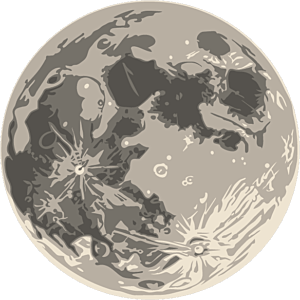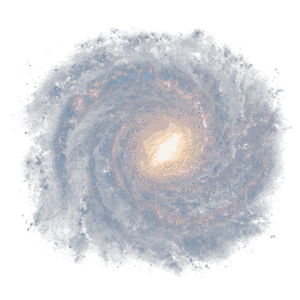The Downlink • Oct 30, 2020
A space spookfest
Space Snapshot

In many countries around the world, 31 October is Halloween, a time to celebrate all things spooky. We’re joining in on the horror-fest this week, starting with this eerie image taken by NASA’s Solar Dynamics Observatory in 2014. The image shows active regions on the Sun’s surface, coincidentally taking the shape of a jack-o-lantern’s grin. Image credit: NASA/SDO.
You love space, now take action
This weekly newsletter is your toolkit to learn more about space, share information with your friends and family, and take direct action to support exploration. Anyone can subscribe at planetary.org/connect to receive it as a weekly email.
Mission Briefings


Escape of the asteroid samples! NASA’s OSIRIS-REx mission collected so much material from asteroid Bennu last week that the sample head’s Mylar flap couldn’t fully close, allowing rocks and dust to float out into space (pictured). The mission team decided to stow the sample as quickly as possible, and that procedure went smoothly. The sample of Bennu is now safely stored and ready for its journey to Earth in March 2021. Hear more about the mission in this week’s Planetary Radio with guest Dante Lauretta, principal investigator for OSIRIS-REx. Image credit: NASA/Goddard/University of Arizona.

There’s no hiding! A new study says there are 1,000 nearby Sun-like stars from which other beings could detect signs of life on Earth. One way we search for planets around other stars is by watching for small light dips created by planets passing in front of their host stars. Those light dips can also reveal certain atmospheric gases linked to life as we know it. The process works in reverse, too, providing the other star is lined up with Earth’s path around the Sun.

The horrifying possibility of a failure to replicate! The scientific process is alive and well as researchers scrutinize the discovery of phosphine, a chemical associated with life, on Venus. A new paper co-authored by Jane Greaves, who led the original discovery team, says the signal wasn’t found in a set of 2015 observations by a NASA telescope. Other scientists using different techniques to process the original data haven’t been able to find it, either.

A world gone rogue! Scientists have announced the discovery of what may be the smallest-ever rogue planet. Rogue planets begin their lives around other stars before gravitational interactions with other worlds or stars fling them into interstellar space. Because rogue planets do not reflect nearby starlight, they are usually found using a technique called microlensing, where the gravity of a planet briefly magnifies the light from a background star.

Howling at the water on the Moon! NASA’s flying SOFIA observatory, which The Planetary Society toured in 2016, has detected water in sunlit areas of the Moon’s surface. The findings could help scientists learn more about where Earth’s water came from and how the Moon formed. If you want to mine Moon water, the permanently shadowed craters near the poles are still your best bet; sunlit lunar soil is still 100 times drier than the Sahara Desert.
From The Planetary Society

The allure of Martian mysteries. From early beliefs in Martian civilizations to the appearance of a face looming from the planet’s surface, the mysteries of Mars have long haunted us. With 3 new spacecraft en route to Mars, we’ll soon have less reason to fear the unknown. In a new video from Vice News, Emily Lakdawalla, The Planetary Society’s former senior editor, discusses what this year’s Mars missions mean for the exploration of the Red Planet. You can also check out our brief videos about the United Arab Emirates’ Hope mission and China’s Tianwen-1 mission, both on their way to explore Mars. Pictured: This image, taken by NASA's Viking 1 orbiter and released on 25 July 1976, captured the public's attention because of a feature that looks very much like a human face. Further observations confirmed that this is in fact just a totally non-spooky hill in Mars' Cydonia region. Image credit: NASA/JPL.
What's Up

On Halloween (31 October) werewolves will delight in a Blue Moon, the fairly rare occurrence of a second full moon in one month. This week Uranus, like a vampire, comes out at sunset and hides at sunrise. Jupiter, Saturn, and Mars all shine in the evening sky, and Venus in the pre-dawn. More at planetary.org/night-sky.
Wow of the Week

NASA is celebrating Halloween in style this year with its Galaxy of Horrors, taking you on a tour of some of the most terrifying and mind-blowing destinations in our galaxy and beyond. You can learn about some truly spooky cosmic phenomena, download free Halloween posters, and much more. Image credit: NASA/JPL-Caltech.
Do you have a suggestion for the Wow of the Week? We’re looking for space-related art, music, gadgets, quotes, fashion, burning questions, brief sci-fi passages, or anything else that will make our readers go “Wow!” Send us your idea by replying to any Downlink email or writing to [email protected], and please let us know if you’re a Planetary Society member.


 Explore Worlds
Explore Worlds Find Life
Find Life Defend Earth
Defend Earth


